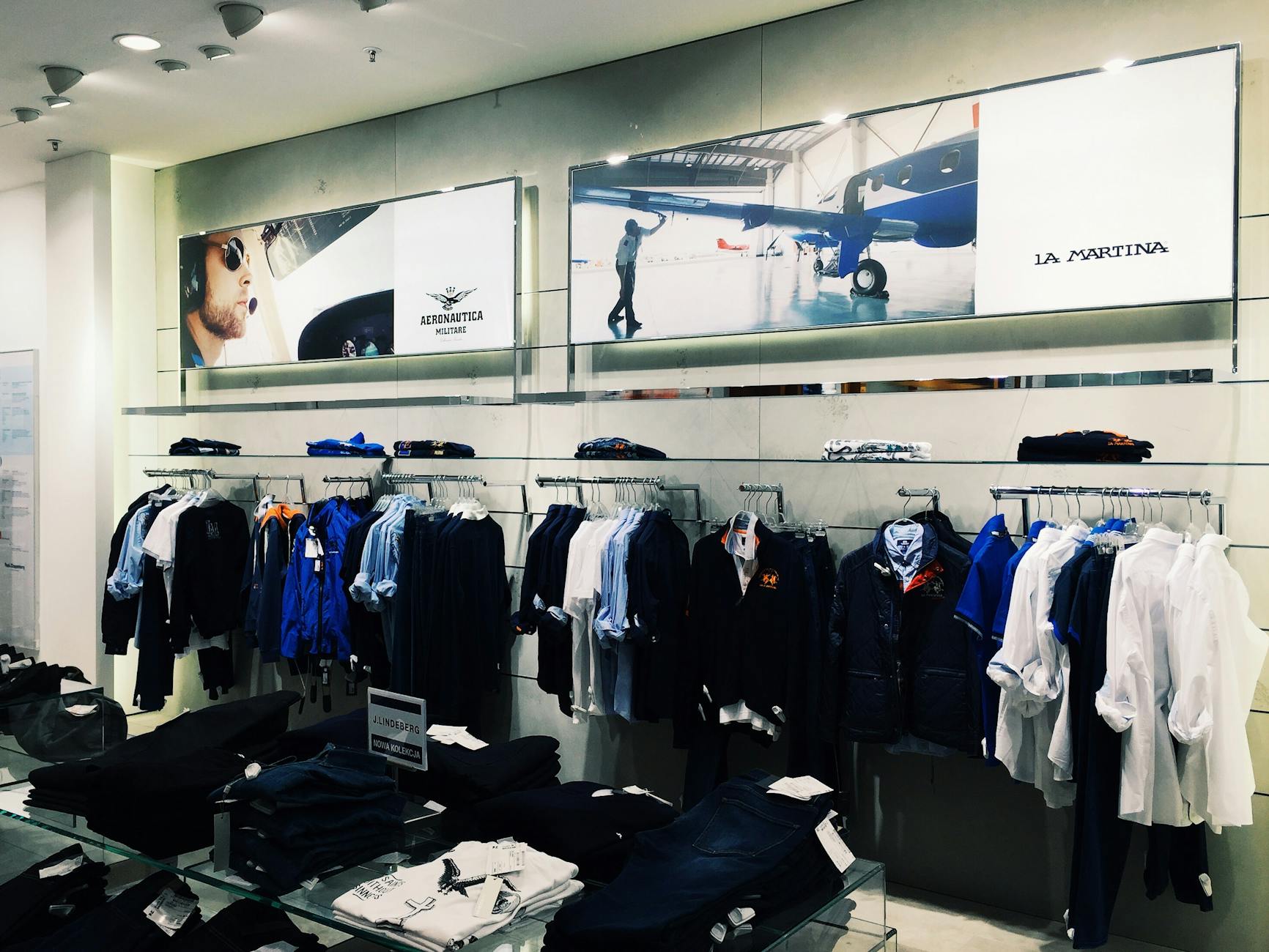Key Takeaways:
- Loyalty programs have shifted from rewarding customer loyalty to becoming essential for avoiding higher prices.
- These programs can trap brands in a cycle of promotions, potentially leading to higher prices for consumers.
- Access to shopper data through these programs is crucial for brands to stay competitive and make informed strategic decisions.
The Evolution of Loyalty Programs in Retail Loyalty programs, once a hallmark of customer appreciation, have now morphed into a critical element of the shopping experience. According to Nick Ryan, Founder and Chief Commercial Officer at a leading FMCG revenue management consultancy, these programs have transitioned from being a simple reward mechanism to a necessity for consumers to avoid paying inflated prices on essential goods. This shift is reshaping the landscape of retail and consumer goods in ways previously unimagined.
The Impact on Retailer-Supplier Relationships Ryan emphasizes the need for a balance in the retailer-supplier dynamic. Loyalty programs, with their power to influence consumer behavior, have become a double-edged sword. While they offer benefits to shoppers, they also create challenges for suppliers and brands. These challenges stem from the pressure to participate in ongoing promotions to maintain market share and volume, which could inadvertently lead to higher product prices.
A Vicious Cycle of Promotions and Price Rises The reliance on promotions has led brands into a precarious cycle. To sustain volumes and market share, brands feel compelled to continuously engage in promotional activities. This constant cycle can have the unintended consequence of further price increases, as brands attempt to recover margins. Ryan points out that this phenomenon might explain why the prices of some branded goods have escalated more steeply than their input costs.
The Power of Data in Retail A critical aspect of modern loyalty programs is the wealth of data they generate. Retailers can harness this data to gain deep insights into shopper habits, allowing them to tailor personalized offers and marketing strategies. This level of customization and precision in targeting offers is a significant advantage for retailers but presents a challenge for brands.
The Need for Brands to Access Shopper Insights For brands to remain competitive in this new retail landscape, access to shopper data and insights is essential. According to Ryan, brands require this data to evaluate the effectiveness of their past strategies and align them with their business objectives. This information is also crucial in guiding future plans and commercial discussions with retailers. Without it, brands risk being at a disadvantage in a market increasingly driven by data and personalized marketing.
Shaping Future Retail Strategies The implications of these developments in loyalty programs extend far beyond immediate price changes. They signal a fundamental shift in how retailers and suppliers interact and how consumer behavior is shaped and understood. Brands must adapt to this new reality, leveraging data to inform their strategies and maintain a competitive edge.
In Conclusion: A Balancing Act The evolution of loyalty programs represents a complex interplay between consumer benefits, brand strategies, and retailer tactics. As Ryan highlights, finding a balance in this dynamic is crucial for all parties involved. The future of retail will likely be defined by how well brands and retailers can navigate this landscape, utilizing data not just for competitive advantage but also for creating value for consume
Sign up to our newsletter & get the most important monthly insights from around the world.
Ready to Amplify Your Brand with Business Today?
Discover the power of sponsored articles and partnerships to reach decision-makers, professionals, and a dynamic audience. Learn more about our advertising opportunities and connect with us today!
Click here to explore our Promotion & Sponsored Articles page.
Are you looking to make an impact? Contact us at [email protected] to get started!







